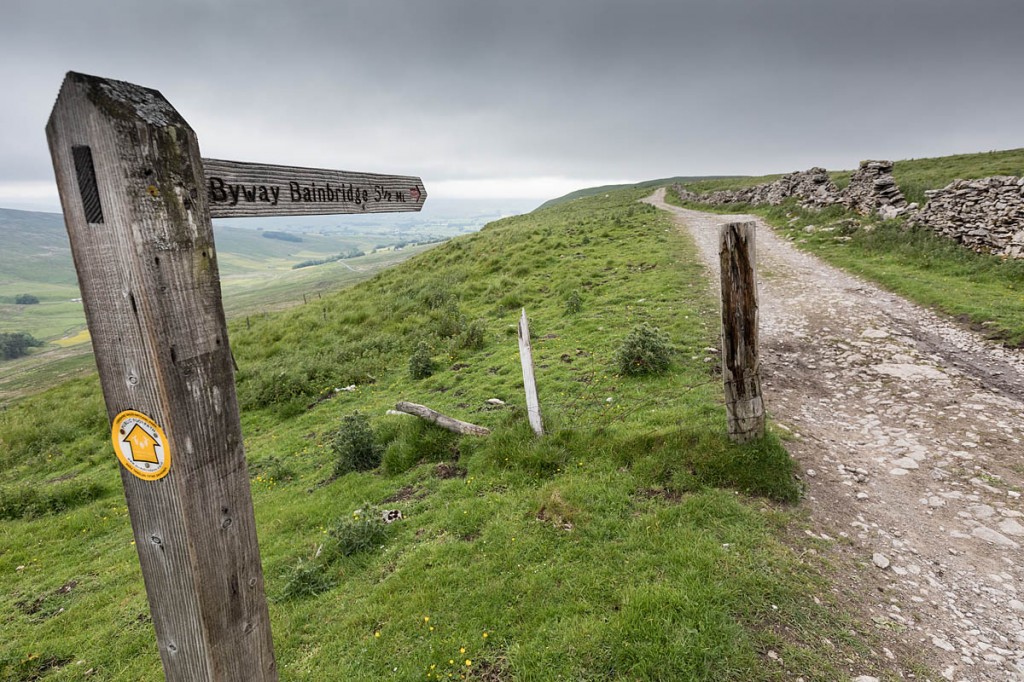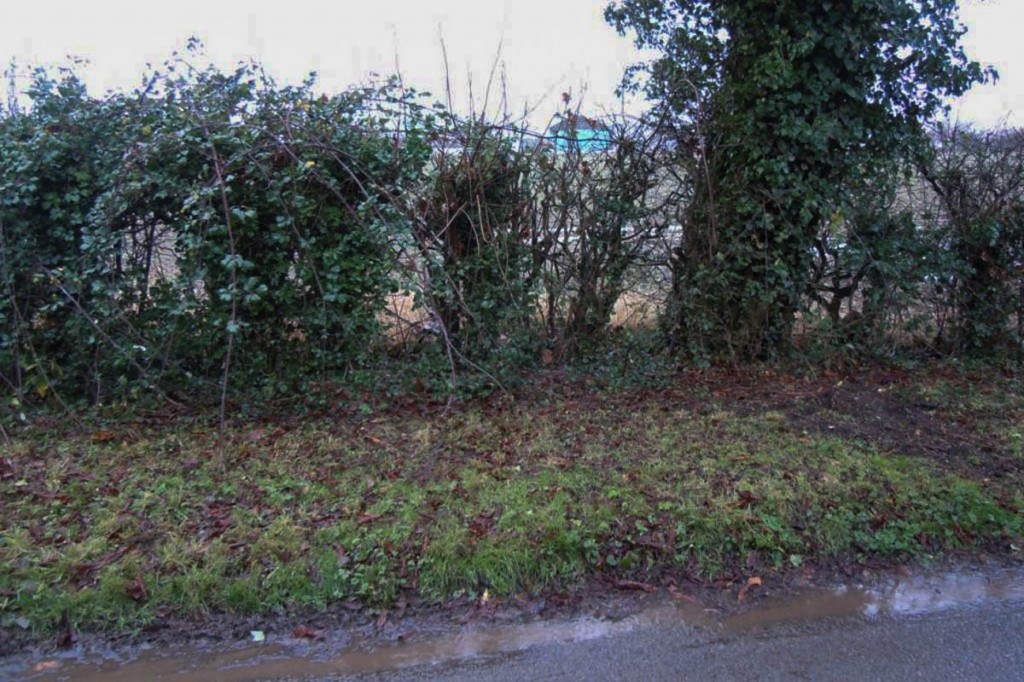Campaigners are calling on councils to fulfil their legal responsibility and end what they call the ‘scandal’ of hidden paths.
Thousands of rights of way are not signposted where they leave a road, leading to many being underused.
The Open Spaces Society pointed out that local authorities are required to put up signs where a right of way meets a road, but many are still unmarked, 50 years after the act that established the obligation.
The OSS, Britain’s oldest national conservation body, said: “The society and the Ramblers were responsible for winning the signposting provision which was enshrined in section 27 of the Countryside Act 1968.
“This states that a highway authority, county or unitary council, must erect and maintain a signpost where a public path leaves a metalled road. The signpost must show the status of the path, eg whether it is a footpath open only to pedestrians; a bridleway for walkers, horse-riders and cyclists; or a byway open also to mechanically propelled vehicles.
“If the authority considers it convenient and appropriate, the destination of the path and distance to that destination may also be given.
The OSS general secretary Kate Ashbrook said: “Signposts are important because they give people the confidence to use and enjoy public paths, which are public rights of way and highways in law.
“Although paths are marked on Ordnance Survey maps, many people are deterred from using them if there is no indication that a route is a public path. In any case, paths can be closed or moved making the maps out of date.
“Without a signpost, a path can be a well kept secret.
“That is why we pressed for the inclusion of the signposting duty in the Countryside Act and why we are dismayed to find that there are still many missing signposts.”
The OSS said the Ramblers’ Big Pathwatch survey in 2015 revealed that lack of signposts and waymarks was one of the biggest problems, with about 9,000 signposts reported as missing where paths leave metalled roads in England and Wales, despite the legal duty on local authorities to provide and maintain them.
Ms Ashbrook said: “We are now gathering examples of where highway authorities are failing in their duty. These already include cases in Bedford Borough, Buckinghamshire, Cheshire East, Cornwall, Derbyshire, Dorset, East Sussex, Milton Keynes and Norfolk, and we shall continue to add to these throughout 2018.
“In this 50th anniversary year of the Countryside Act 1968 which gave highway authorities a duty to signpost paths, we want to see them make a real effort to ensure all their paths are marked.”


OldManOfTheHills
04 January 2018I sympathy with the OSS irritation, the Councils are clearly not fulfilling their duty and havent been for some time. But the Councils are now strapped for cash and have an overriding legal obligation to meet other needs such as education.
The real problem in England and Wales is our laws and our apathy in tolerating such laws.
In Scotland you simply have right to roam except in gardens, defence establishments and factories. So no need for rights of way thus no need for signs most of the time.
Wanderer
04 January 2018I have a slightly different view in that footpaths offer their own intrinsic attraction, they are there for a reason which may be lost in time but can lead to an unexpected view, or site of interest, or may simply be the best way though uncertain terrain. They are also often easier ground and encourage people to follow and explore. The signposting is not expensive and can be a one-off cost and maintenance free with the right materials.